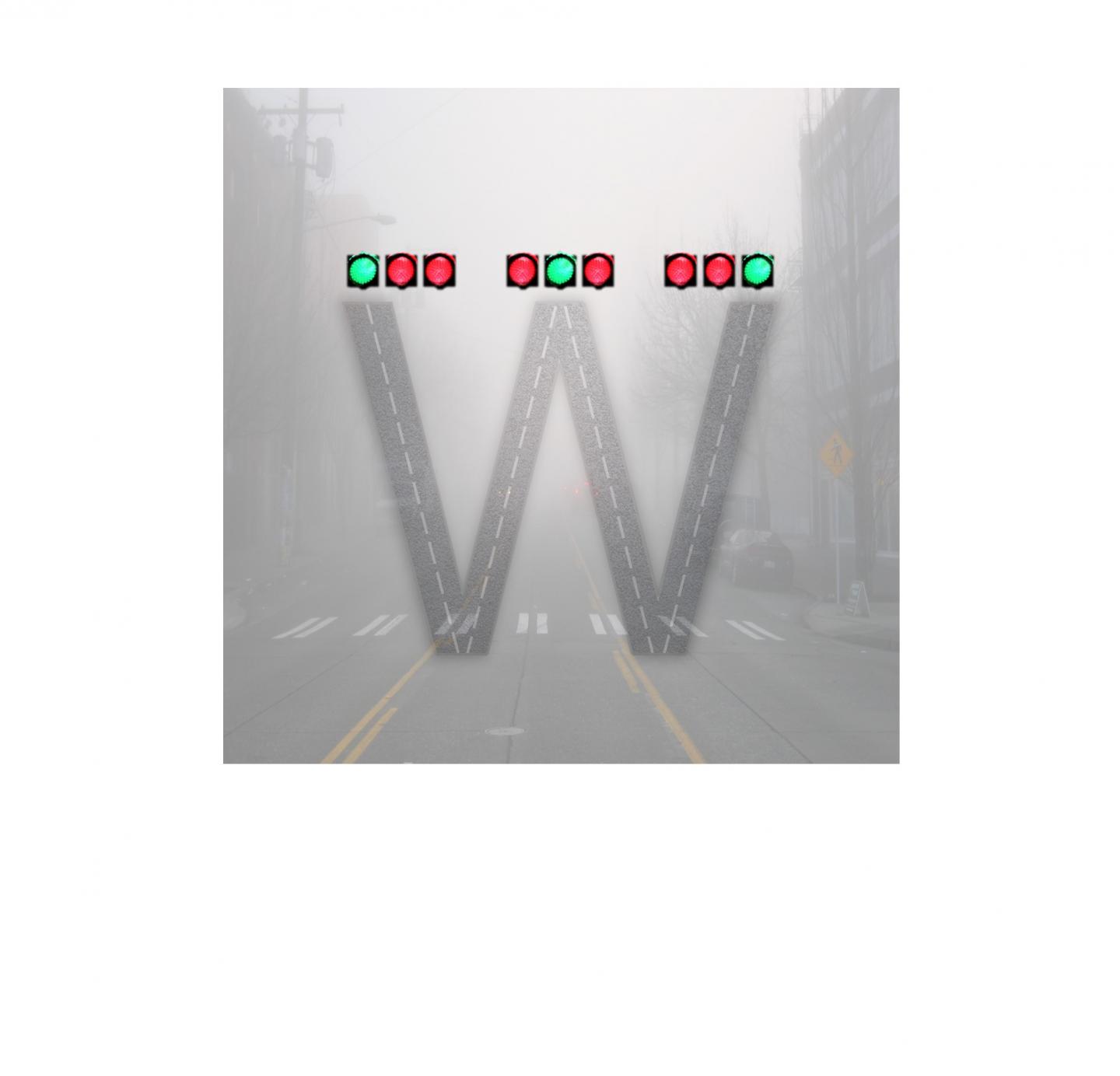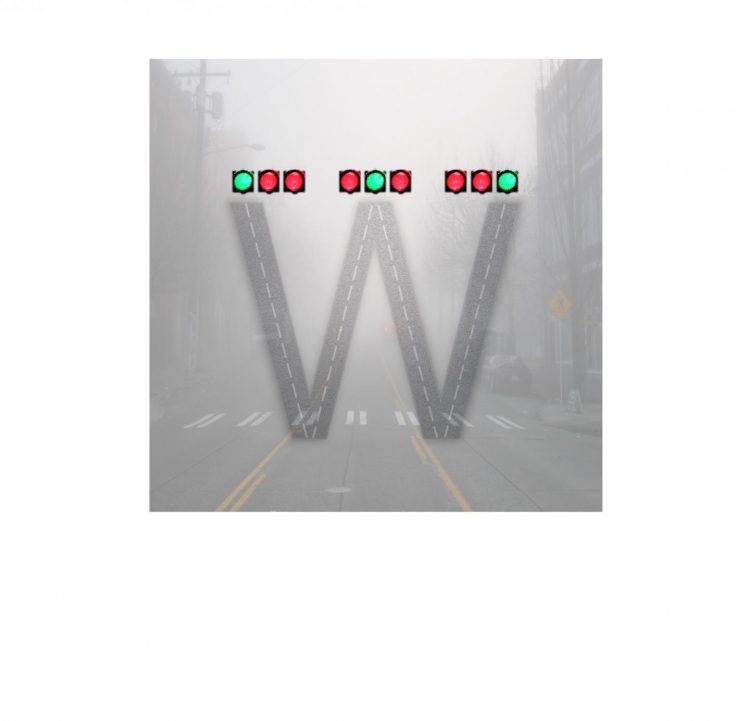
Credit: University of Illinois Grainger College of Engineering
Researchers at the University of Illinois at Urbana-Champaign have constructed a quantum-mechanical state in which the colors of three photons are entangled with each other. The state is a special combination, called a W state, that retains some entanglement even if one of the three photons is lost, which makes it useful for quantum communication. Such entangled states also enable novel quantum applications and tests of fundamental physics.
The uniqueness of this work is that the researchers used color, or the energy of the photons, as the entangling degree of freedom, while previous work used polarization. The energy of a photon cannot be easily changed, which reduces the possibility of errors when the energy-entangled W state is propagating over a long distance. The state was verified for the first time by measuring information about the two-photon sub-systems.
“People have created polarization-entangled W states before,” noted Bin Fang, the graduate student on the project. “However, this is the first discrete energy-entangled W state and the first three-photon entangled state created in optical fiber.”
To create the state, the researchers shine a laser into a glass fiber. Through a process called spontaneous four-wave mixing, four laser photons interact with the fiber and are annihilated to create two pairs of photons at different colors (for example, two pairs of red and green photons). These four photons are used to construct the 3-photon W state. One of them is detected to be green, leaving the other three entangled as a W state, which is comprised of all possible iterations of two red photons and a green photon at once.
The illustration that the researchers use is that of traffic lights.
“Like three traffic lights that always signal two stops and a go, the photons’ colors always end up being two reds and a green, but the specific combination is not set until we make a measurement – a feature of the quantum mechanical nature of photons,” said Virginia Lorenz, associate professor of physics and the principal investigator.
Compared to other types of three-particle entanglement, the W state is useful for quantum communication in that, if one of the photons is lost, the other two retain some entanglement, meaning the communication is able to continue.
“Another new aspect of this research is that we found a path to verify the state is the one we aimed for that circumvents a complicated color conversion step, ” said Lorenz. “Our theorist collaborators came up with a way to fairly straightforwardly show that the W state exists.”
###
Media Contact
Virginia Lorenz
[email protected]
Original Source
https:/
Related Journal Article
http://dx.





